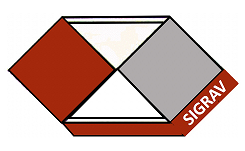Conveners
Experimental Gravitation
- Gianluca Guidi (FI)
Experimental Gravitation
- There are no conveners in this block
The ESA Gaia mission measures directly positions and velocities of more than 1.5 billion stars to create the largest, most precise 6D kinematical map of the Milky Way (MW). High accurate measurements in space force fundamental astronomy to move from the "classical" paradigm, responding to Newton's gravity, to that of Einstein's General Relativity (GR). Then, GR must be at the very core of the...
After recalling its working tenets, the contribution introduces to the technological (including computational) challenges facing
the actual realization of a compact antenna in space that, complementary to current or future facilities, utilizes (sub)-micro-arcsecond
astrometry to estimate strength and pin-point direction of GWs, i.e., by using suitable natural star-like close pairs as...
As the sensitivity of existing ground-based detectors increases and new detectors appear, the number of gravitational-wave detections from compact binary mergers is also increasing. A low latency detection of these sources is primordial to increase the chances of observing counterparts, and an offline search allows for better exploitation of the data. In this talk, I will present how the...
Precision measurements of the Earth rotation make it possible to investigate fundamental physics, as they contain general relativity terms, such as de Sitter and Lense Thirring, and can provide unique data to investigate possible Lorentz violations. These measurements require high sensitivity, usually parametrised as the fraction of the average Earth rotation rate; the limit to be reached to...

